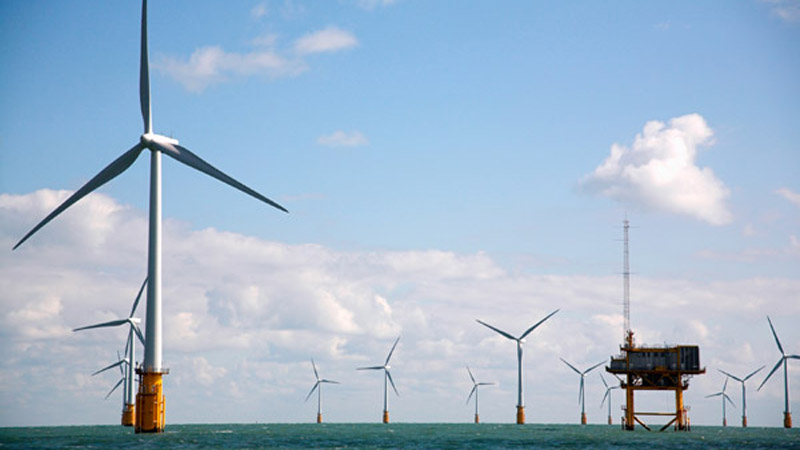US president-elect Donald Trump told the former Scottish first minister Alex Salmond he was “mad” for supporting wind turbines in a series of heated letters from 2011-2013.
Trump’s acerbic remarks were revealed this week when 16 letters he sent to Salmond were published under a Freedom of Information request submitted by the Huffington Post.
The billionaire was incensed at plans to construct an offshore wind farm within sight of his Aberdeenshire golf course – last December he lost an appeal against the project.
“With the reckless installation of these monsters, you will single-handedly have done more damage to Scotland than virtually any event in Scottish history,” he wrote in one letter.
What #Exxon’s 2017 energy outlook tells us about Rex Tillerson https://t.co/m50pJJHa19 #climate pic.twitter.com/HDSn0z1USR
— Climate Home News (@ClimateHome) December 22, 2016
In another he said the reason wind turbines were called “renewable” was that they would have to be replaced every five years due to corrosion – a claim not backed up by the industry which says 20 years is more common.
“I have never been on board, as you stated, with this insanity,” he writes in a 2012 missive where he reveals his intention to take legal action.
“I have just authorised my staff to allocate a substantial amount of money to launch an international campaign to fight your plan to surround Scotland’s coast with many thousands of wind turbines – it will be like looking through the bars of a prison and the Scottish citizens will be the prisoners!”
In response, Salmond wrote of his confidence that offshore wind would generate 28,000 jobs and £30 billion of investment.
“It is my belief that Scotland’s great cities and ports are ideally placed to become a key hub for the rapidly-growing multi-billion offshore renewables industry,” he said.
Earlier this year, Scotland’s wind turbines provided all the electricity the country needed on one day. The Scottish government has a target of generating 100% of electricity from renewables by 2020.
February 9, 2012 by Graeme Demianyk on Scribd
